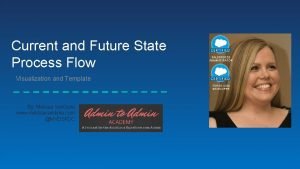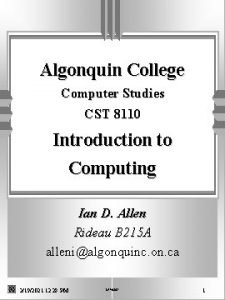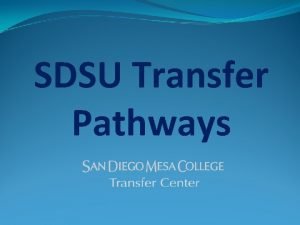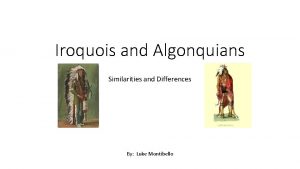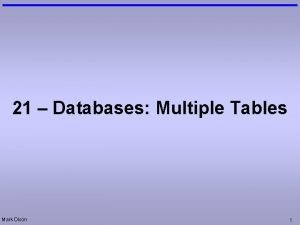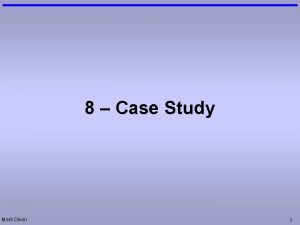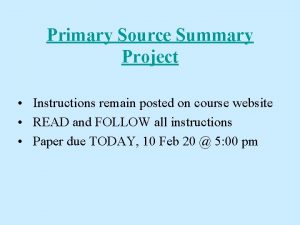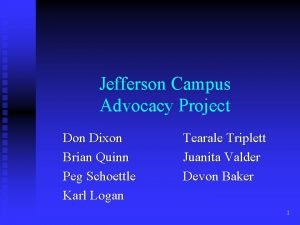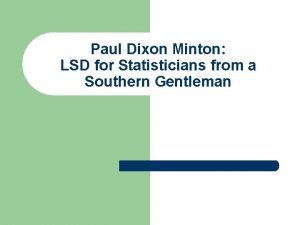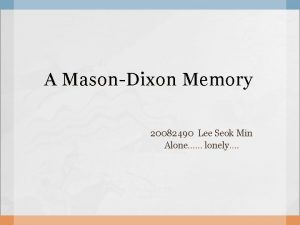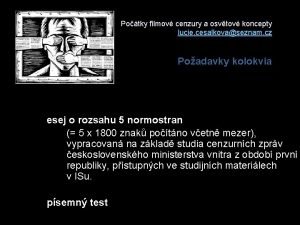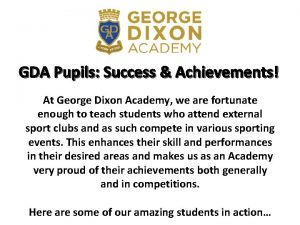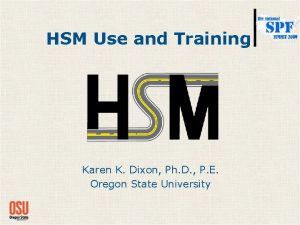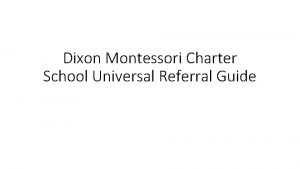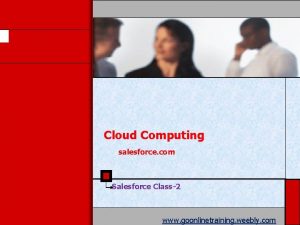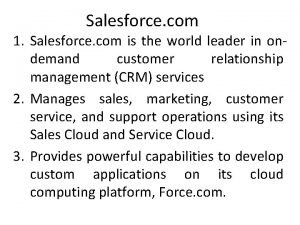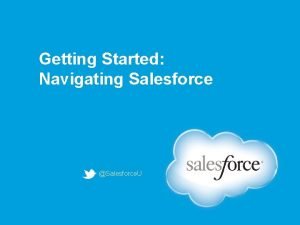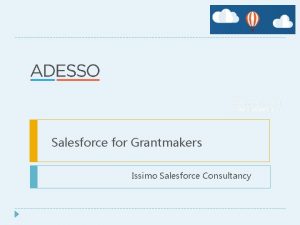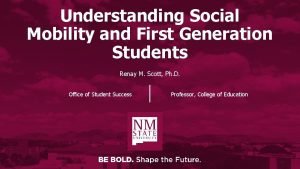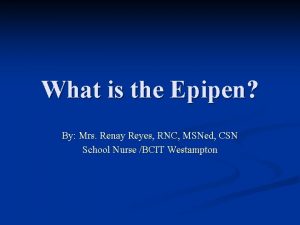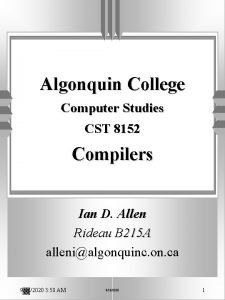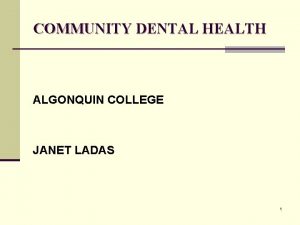Algonquin College Adopts Salesforce Renay Dixon Transfer Pathways






















- Slides: 22

Algonquin College Adopts Salesforce Renay Dixon, Transfer Pathways Officer

Agenda - Need for solution - Development - Future plans

Need for a Solution • Algonquin College offers over 600 articulation agreements. • Our offerings grow by about 10 agreements per year. • At any given time we have about 5 agreements in active development. • Heavy reliance on Excel and the Transfer Pathways Officer’s experience. • Stakeholders could not track agreement development – making cross college liaising difficult.



Background The main goals of the platform: • To streamline the development of agreements and make the process more efficient • To allow stakeholders to check the status of an agreement in development, and action any items needing their attention. • To automate the renewal process as a number of agreements were approaching expiration or had expired. • To feed our degree pathways website to facilitate a student’s search for their options.

Creating the Platform Algonquin is currently using Salesforce in a variety of departments to streamline their processes and track their student interactions. Our use case is similar to that of another department on campus who have been using the platform for about a year.

Creating the Platform Initial meetings with the Salesforce team involved outlining our goals for the platform and included listing what our eventual future state would be. In the interest of time, this meeting included a review of what Salesforce is designed to do in relation to tracking the development of contracts. Where similarities existed between these processes, we would defer to the language and set-up used within Salesforce to reduce our development time.

Creating the Platform The first challenge for our team was aligning our language and processes with the language and processes that are available as default settings in Salesforce. Partner Institution became “Accounts” Agreement Documents became “Contracts” Programs in an Agreement became “Opportunities”




Creating the Platform The biggest challenge was amending our process map to align with the process features within Salesforce. • Steps within the process had to be sorted into “Stages” • Stages were assigned “Task Subjects” • Task Subjects would include the specific tasks needed at that stage of the process. The challenge here was taking a long multi-step multistakeholder process and boil it down to simple steps without diluting the intention of our processes.


Creating the Platform




Design for Continued Growth Though this platform is addressing a current need for our area in terms of enhancing our ability to track the development of agreements and continue to inform stakeholders of agreement development. We also designed it to facilitate our plans for future growth: • Using program codes. • Developing a nomenclature standard.

Using Program Codes

At A Glance Reporting

At A Glance Reporting
 Current state vs future state diagram
Current state vs future state diagram Algonquin college bursary
Algonquin college bursary Cst algonquin
Cst algonquin Sdsu adt
Sdsu adt Uc transfer pathways
Uc transfer pathways Pasadena city college pathways
Pasadena city college pathways Iroquois and algonquian venn diagram
Iroquois and algonquian venn diagram Algonquin tools and weapons
Algonquin tools and weapons Agt informational postings
Agt informational postings Mark dixon artist
Mark dixon artist Dixon case study
Dixon case study George washington dixon
George washington dixon Dixon campus jefferson
Dixon campus jefferson Paul dixon smu
Paul dixon smu A mason dixon memory summary
A mason dixon memory summary Mark dixon
Mark dixon Potky
Potky Gda school
Gda school Jennifer dixon accident
Jennifer dixon accident Karen k dixon
Karen k dixon Mg ins
Mg ins Dixon montessori charter school
Dixon montessori charter school Dixon swivel joints
Dixon swivel joints
